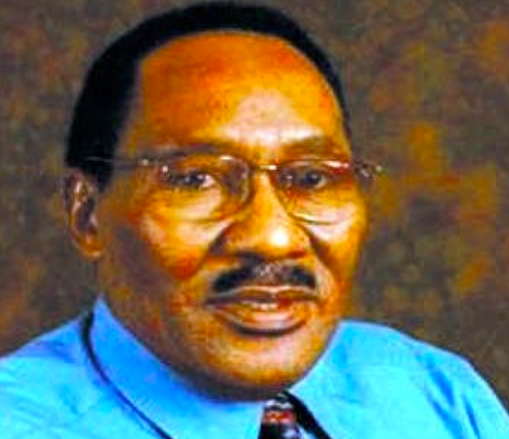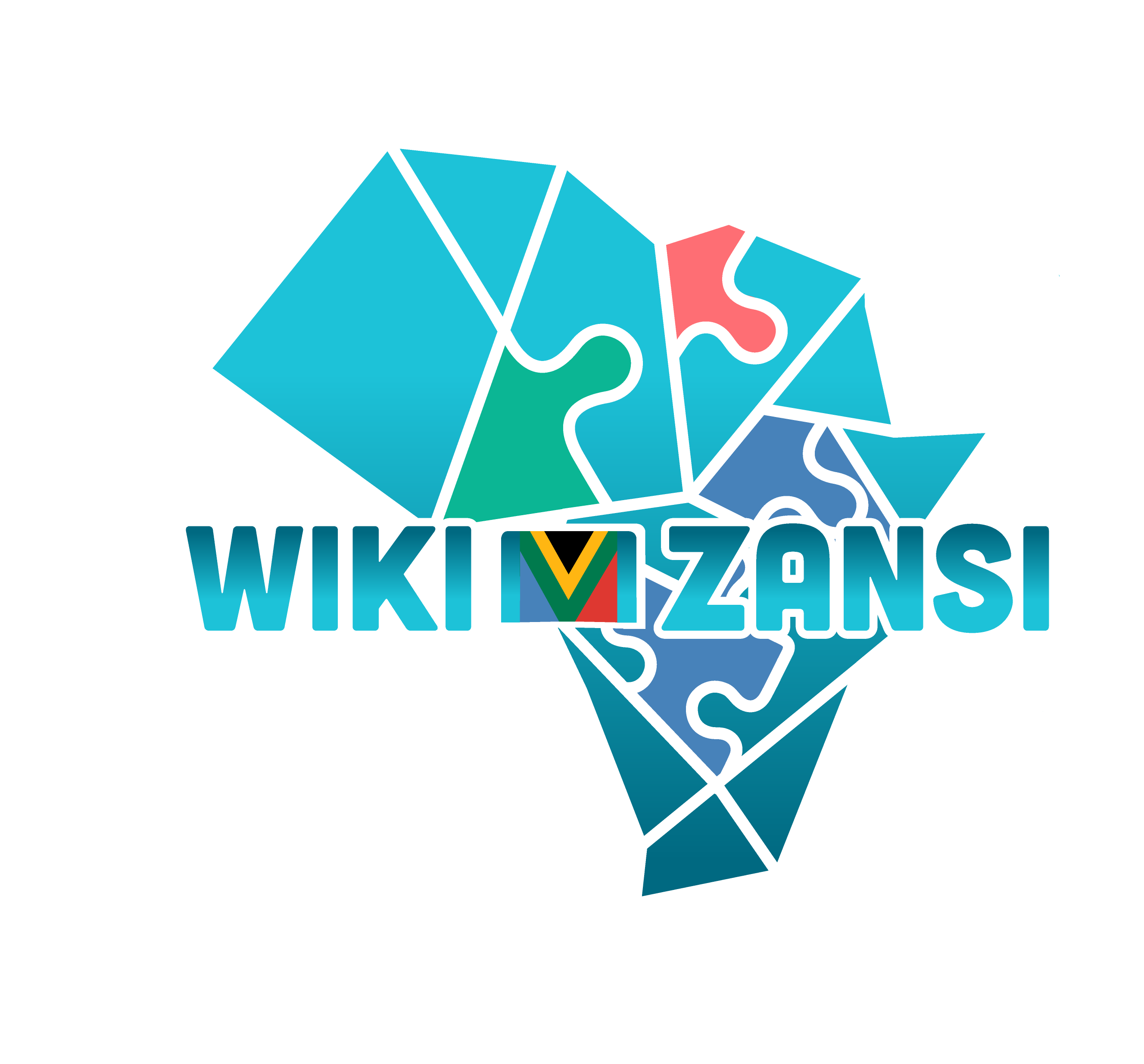John Gomomo

Early Life John Gomomo was born on a farm in Adelaide on the 16th De- cember 1946. He was one of the seven children born to the late Ndabeni (Mnzotho) and Nonga Stofile (Mpondo). He received his primary education from Ntlaka lower Primary School and Marry Mount High School. He left school in standard 6, because of family poverty, he subsequently com- pleted his matriculation through correspondence courses.
Gomomo initially worked as a machine operator in a textile factory, then joined Volkwagen of South Africa. It was here that he received assistance to study labour Relations at the University of Port Elizabeth (Nelson John Gomomo Mandela Metropolitan University). Gomomo became a member of the United Automobile Workers (UAW) at Volkswagen in 1977, which subsequently merged with a set of other unions to form the national Auto- mobile and Allied Workers Union (NAAWU) in 1980, affiliated to the Fed-eration of South African Trade Unions. In the early 1980’s, Gomomo be-came a full-time shop 15 steward at Volkswagen.
He and other union members played a role in building civic structures in Uitenhage, but avoided leadership roles because of tensions between community-based organisations and the trade unions. Gomomo was elected vice-president of NAAWU which in 1987 – merged with other un- ions to form the National Union of Metal workers of south Africa (NUMSA). Gomomo is credited as being at the heart of talks that led to the formation of NUMSA. In recognition of his qualities as a leader and metalworker, the federation, Congress of South African Trade Unions (COSATU) elected him as 2nd Deputy President in 1989.
He replaced Elijah Barayi as President in 1991, a position he held until 1999. While Cosatu president, Gomomo led the campaign for the Labour Relations Act of 1995 and the Employment Equity act of 1997. He graphi-cally summed up labour opposition to the government’s Growth, Employ- ment and Redistribution (GEAR) strategy when he described it as “the re- verse gear of our society”.
Following the unbanning of the African National Congress (ANC) and South African Communist Party (SACP) in February 1990, Gomomo wasappointed to the ANC’s Eastern Cape internal leadership core, and the SACP’s internal leadership group.
He was elected to the SACP’s central committee at its December 1991congress. Gomomo was an instrumental player in the CODESA negotia- tions and the negotiated transitions in 1994. Gomomo was a Parliamentar- ian for over eight years and chaired the Public Service and Administration Committee, He remained in touch with the National Metal Workers Union despite these additional responsibilities and remained a pillar for metal- workers and leader 16 of the federation.
Tributes: John Gomomo, died on 22 January 2008 at the age 62 at Uiten- hage clinic in the Eastern Cape after being admitted with a life threatening diseases. He is survived by his wife Nontsika and children. Cosatu saidGomomo would be remembered as an icon in the labour movement. “Wedip our flags in honour of one of the greatest leaders of South African workers, who devoted his entire life to their service and will be forever re-membered as a hero of the struggle for freedom, democracy and workers’rights. The mighty workers we see today would never have been built with- out the dedication, commitment and hard work of people like John Go- momo, Cosatu said. He was the embodiment of the best traditions of the Congress movement, a worker, a negotiator, an activists and a leader of the ANC and SACP and one who served the people without any materialor personal gains”.
